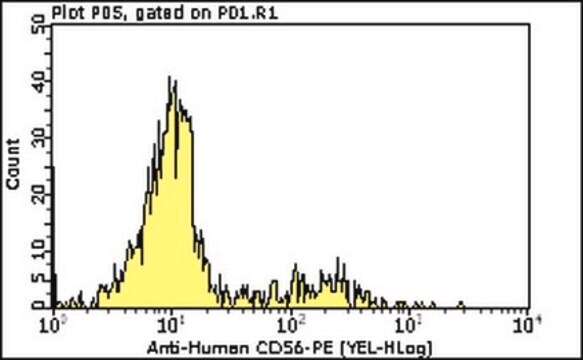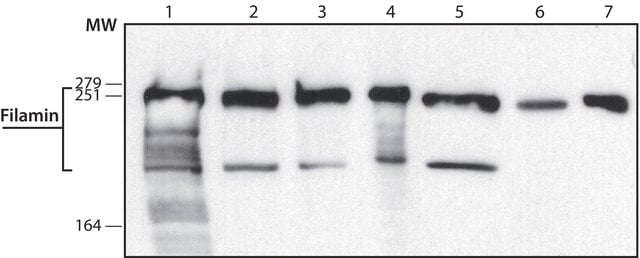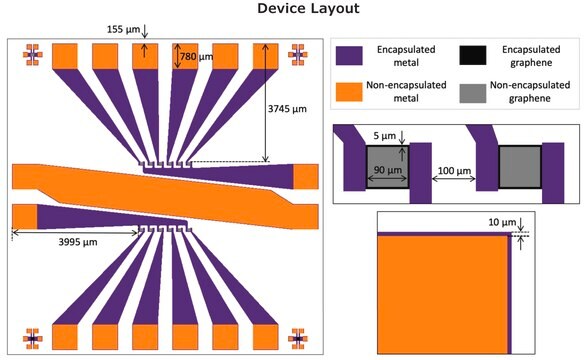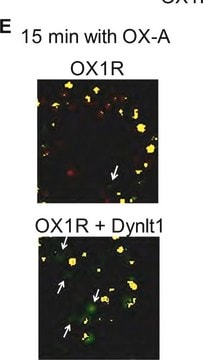F5027
Monoclonal Anti-IgD−FITC antibody produced in mouse
clone HJ9, purified immunoglobulin, buffered aqueous solution
Sinonimo/i:
Monoclonal Anti-Human IgD
About This Item
Prodotti consigliati
Origine biologica
mouse
Coniugato
FITC conjugate
Forma dell’anticorpo
purified immunoglobulin
Tipo di anticorpo
secondary antibodies
Clone
HJ9, monoclonal
Stato
buffered aqueous solution
Reattività contro le specie
human
tecniche
flow cytometry: 10 μL using 1 × 106 cells
Isotipo
IgG1
N° accesso UniProt
Condizioni di spedizione
wet ice
Temperatura di conservazione
2-8°C
modifica post-traduzionali bersaglio
unmodified
Informazioni sul gene
human ... IGHD(3495)
Cerchi prodotti simili? Visita Guida al confronto tra prodotti
Specificità
Immunogeno
Applicazioni
Azioni biochim/fisiol
Altre note
Stato fisico
Nota sulla preparazione
Esclusione di responsabilità
Non trovi il prodotto giusto?
Prova il nostro Motore di ricerca dei prodotti.
Scegli una delle versioni più recenti:
Certificati d'analisi (COA)
Non trovi la versione di tuo interesse?
Se hai bisogno di una versione specifica, puoi cercare il certificato tramite il numero di lotto.
Possiedi già questo prodotto?
I documenti relativi ai prodotti acquistati recentemente sono disponibili nell’Archivio dei documenti.
Il team dei nostri ricercatori vanta grande esperienza in tutte le aree della ricerca quali Life Science, scienza dei materiali, sintesi chimica, cromatografia, discipline analitiche, ecc..
Contatta l'Assistenza Tecnica.








